Flandrau State Park
- January 31, 2024
- 0 comment
Explore the tranquil beauty of Flandrau State Park, a haven of trails, wildlife, and the picturesque Cottonwood River in Minnesota. Located in the heart of Minnesota, Flandrau State Park offers a serene escape into nature’s embrace. This idyllic park, named after Charles Eugene Flandrau, a prominent lawyer and judge in Minnesota’s early history, is a testament to the natural beauty and rich heritage of the region. With the Cottonwood River meandering through its landscape, the park presents a picturesque setting that captivates nature enthusiasts and photographers alike.
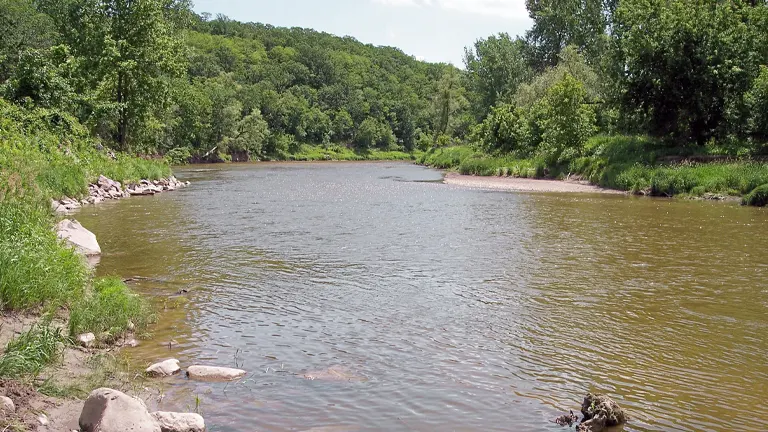
The diverse terrain of Flandrau State Park encompasses lush forests, rolling meadows, and vibrant wetlands, creating a haven for wildlife and offering a plethora of activities. Visitors can indulge in hiking, bird watching, and experiencing the tranquil beauty of the Minnesota outdoors. Whether seeking adventure or tranquility, Flandrau State Park is a destination that promises an unforgettable experience.
Characterizing Features of Flandrau State Park
- Cottonwood River: A defining feature of Flandrau State Park is the serene Cottonwood River. This gently flowing river is not only a scenic centerpiece but also an essential component of the park’s ecosystem. It offers a habitat for various aquatic species and a peaceful backdrop for visitors. The river’s presence enhances the tranquil atmosphere of the park, making it a favorite spot for those seeking relaxation and a connection with nature.
- Hiking Trails: The park is renowned for its extensive network of hiking trails. These trails cater to a range of skill levels, from easy walks to more challenging hikes. They meander through diverse landscapes, including lush woodlands, open prairies, and along the riverbanks, offering hikers a chance to experience the park’s natural beauty up close. Each trail presents its own unique scenery, making every hike a new adventure.
- Sand-bottom Swimming Pool: Unique to Flandrau State Park is its sand-bottom, filtered swimming pool. This feature sets the park apart from others, providing a beach-like experience. During the summer months, the pool becomes a hub of activity, inviting visitors to cool off and enjoy a swim in a natural setting. It’s particularly popular among families and offers a refreshing break from hiking and exploring.
- Diverse Wildlife Habitat: The park serves as a habitat for a variety of wildlife. Its mixed landscapes of forests, prairies, and riverine areas create a perfect environment for different animal species. From deer roaming in the woods to birds chirping in the trees, the park is a haven for wildlife enthusiasts and nature photographers. The presence of such diverse fauna adds to the park’s natural charm and appeal.
- Historical Structures: Flandrau State Park is also home to several historical structures, including shelters and buildings constructed by the Works Progress Administration (WPA) during the 1930s. These structures are not only functional, providing rest and shelter for visitors, but they also offer a glimpse into the park’s past. Their rustic and sturdy designs reflect the architectural style of the era and add a touch of historical significance to the park’s landscape.
- Educational Programs and Interpretive Center: The park’s interpretive center and educational programs are key features that enrich the visitor experience. These programs provide insights into the park’s natural and cultural history, fostering a deeper understanding and appreciation of the environment. The center often hosts interactive exhibits and activities, making it an educational hub for visitors of all ages, especially children.
History of Flandrau State Park
Flandrau State Park, a gem in the heart of Minnesota, boasts a rich history that dates back to the early 20th century. Initially named Cottonwood River State Park, it was established in 1934, during a time when the nation was grappling with the Great Depression. The park’s initial development was driven by the Works Progress Administration (WPA), a cornerstone of President Franklin D. Roosevelt’s New Deal. This period saw the construction of many of the park’s key features, including its unique sand-bottom swimming pool, rustic stone buildings, and an extensive network of trails. These structures, built using local stone and timber, not only served practical purposes but also stood as a testament to the craftsmanship and resilience of that era.
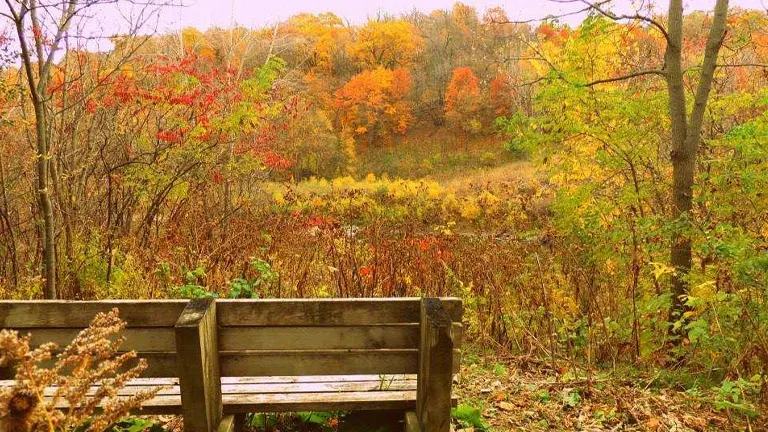
In 1945, the park was renamed in honor of Charles Eugene Flandrau, a distinguished figure in Minnesota’s history. Flandrau was a lawyer, judge, and a defender of New Ulm during the Dakota War of 1862. His contributions to the state were significant, and the park’s renaming served as a tribute to his legacy. Over the years, Flandrau State Park has evolved, expanding its facilities and enhancing its natural habitats. Despite these changes, it has retained its historical charm, with the WPA-era structures continuing to be a focal point for visitors. The park today not only offers a window into Minnesota’s natural beauty but also serves as a living museum, showcasing the state’s history and the enduring spirit of its people.
Unique Ecosystem of Flandrau State Park

Flandrau State Park is characterized by a unique and diverse ecosystem that blends river, prairie, and forest environments. This convergence creates a rich tapestry of biodiversity. The park is anchored by the Cottonwood River, which supports a range of aquatic life and provides vital hydration to the surrounding flora. The expansive prairies within the park are home to a variety of grasses and wildflowers, attracting pollinators and serving as a habitat for numerous bird species. Adjacent to these prairies are deciduous forests, offering shelter to a variety of mammals and creating a diverse ecological landscape. This blend of habitats makes Flandrau State Park a significant area for ecological study and conservation, as well as a sanctuary for wildlife and nature enthusiasts.
Location of Flandrau State Park

Flandrau State Park is located in southern Minnesota, near the city of New Ulm. Positioned along the banks of the Cottonwood River, it is easily accessible from major routes, including State Highway 15 and US Route 14. This proximity to urban areas makes the park a convenient natural retreat for residents and visitors alike. The park’s location, surrounded by the distinctive landscapes of the Minnesota River Valley, enhances its appeal as a destination that offers both scenic beauty and a respite from the bustling city life.
Here’s a detailed guide on how to reach Flandrau State Park:
1. From Minneapolis:
- Take I-35W S from downtown Minneapolis.
- Merge onto I-494 W/I-35W S and follow for a few miles.
- Switch to US-169 S towards Mankato.
- In Mankato, take the exit onto US-14 W towards New Ulm.
- Continue on US-14 W until you reach the State Hwy 15 exit toward New Ulm.
- Merge onto State Hwy 15 S and follow into New Ulm.
- Turn left onto County Road 21/Stadium Road.
- Follow the signs to Flandrau State Park.
2. From Saint Paul:
- Begin on I-94 W.
- Take the exit onto I-494 W/I-35W S towards Bloomington.
- Follow the same route as from Minneapolis once on I-494 W/I-35W S.
3. From Rochester:
- Start on US-52 N.
- Take the US-14 W exit towards Owatonna/Mankato.
- Continue on US-14 W past Mankato, following the same directions as from Minneapolis to reach the park.
4. From Sioux Falls, SD:
- Take I-90 E towards Luverne.
- In Worthington, take the exit for MN-60 E towards Windom.
- Follow MN-60 E and merge onto US-71 N.
- In Sanborn, turn right onto US-14 E towards New Ulm.
- In New Ulm, turn right onto State Hwy 15 N.
- Turn right onto County Road 21/Stadium Road to the park.
5. Using Public Transportation:
- Public transportation options are limited. However, regional bus services may offer routes to New Ulm. From there, a taxi or a bike ride can be used to reach the park.
6. Nearby Airports:
- The nearest major airport is Minneapolis-St. Paul International Airport. From the airport, rent a car and follow the directions provided for Minneapolis.
The Importance of Conservation and Recreation in Flandrau State Park
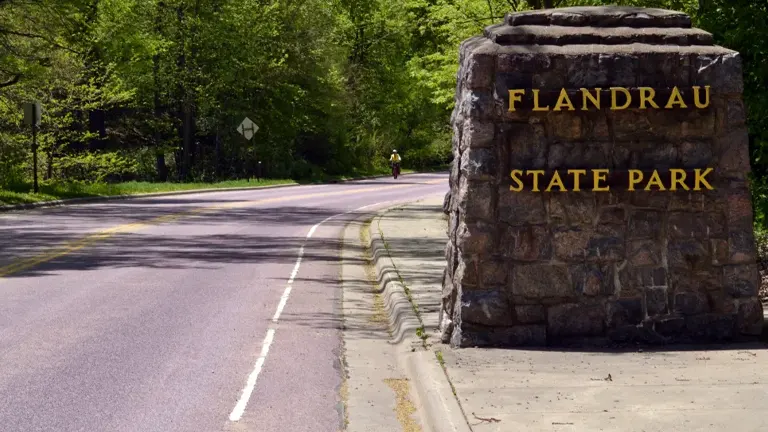
Flandrau State Park plays a crucial role in both conservation and recreation, striking a balance between preserving natural habitats and providing outdoor leisure opportunities. The park’s conservation efforts focus on protecting its diverse ecosystems, including riverine areas, prairies, and forests, which are home to a variety of wildlife and plant species. These efforts ensure the sustainability of the park’s natural resources, while also offering educational value to visitors. Simultaneously, the park’s recreational activities, like hiking, swimming, and bird watching, are designed to foster a deeper appreciation for nature among visitors. By offering a space where people can connect with the environment in a responsible manner, Flandrau State Park underscores the importance of conserving natural spaces for future generations, while allowing current visitors to enjoy and learn from the natural world.
Diverse Vegetation and Plant Species in Flandrau State Park
- Bur Oak (Quercus macrocarpa): The Bur Oak, with its majestic stature and broad, rounded crown, is a dominant and resilient tree in the park. Adaptable to various soil types, this species is crucial for providing shade and habitat for wildlife.
- Wild Bergamot (Monarda fistulosa): Known for its aromatic leaves and lavender flowers, Wild Bergamot is a favorite among pollinators like bees and butterflies. This plant not only adds beauty to the prairies but also plays a role in the park’s ecosystem by supporting pollinator populations.
- Prairie Blazing Star (Liatris pycnostachya): With its tall spikes of purple flowers, the Prairie Blazing Star is a striking presence in the park’s grasslands. It blooms in late summer, providing a vital nectar source for butterflies and hummingbirds.
- Big Bluestem (Andropogon gerardii): As a key component of the prairie ecosystem, Big Bluestem is known for its height and distinctive seed heads. This grass species is important for soil conservation and provides habitat for numerous prairie-dwelling creatures.
- Cottonwood (Populus deltoides): Lining the riverbanks, Cottonwood trees are easily recognizable by their broad, triangular leaves and tall trunks. These trees are essential for stabilizing riverbanks and providing nesting sites for birds.
- Lady Fern (Athyrium filix-femina): Common in moist, shady areas of the park, the Lady Fern adds to the understory diversity. Its delicate, feathery fronds are a contrast to the more robust flora of the park.
- Common Milkweed (Asclepias syriaca): This plant is vital for monarch butterflies, serving as the primary food source for their larvae. The presence of Common Milkweed in Flandrau State Park contributes significantly to the conservation of monarch populations.
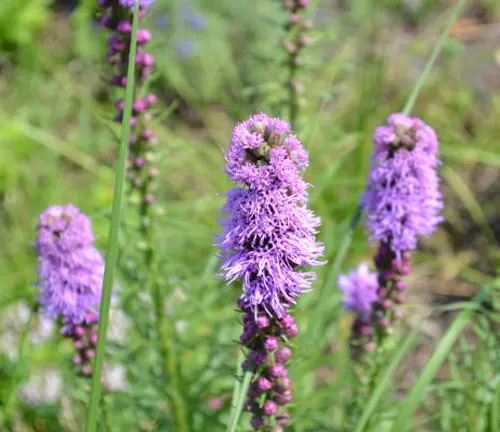
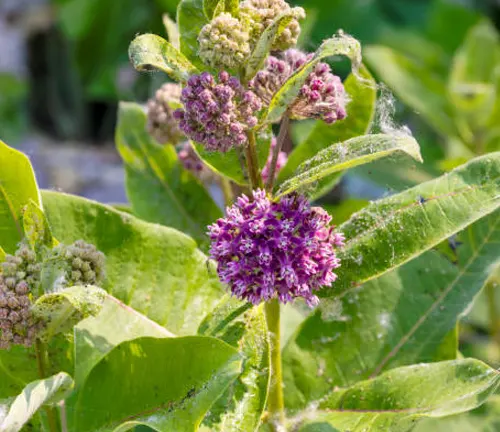
Fauna in Flandrau State Park
- White-tailed Deer (Odocoileus virginianus): The White-tailed Deer is a common and graceful inhabitant of the park. Known for their characteristic white underside of the tail, these deer are often seen grazing in the meadows or moving through the forested areas, contributing to the park’s serene and natural setting.
- Red-tailed Hawk (Buteo jamaicensis): Majestic in flight, the Red-tailed Hawk is a bird of prey frequently spotted soaring above the park. These hawks play a crucial role in the ecosystem as predators, helping to maintain the balance of animal populations.
- North American Beaver (Castor canadensis): Beavers are known for their remarkable ability to alter landscapes by building dams. In Flandrau State Park, they can be found near water bodies, and their activities create wetland habitats that are beneficial for other species.
- American Goldfinch (Spinus tristis): These vibrant, yellow birds are a delightful sight, particularly in the summer. The American Goldfinch, often found in open areas with tall grasses, is known for its cheerful song and contributes to the park’s auditory landscape.
- Common Raccoon (Procyon lotor): Raccoons, with their distinctive masked faces and ringed tails, are nocturnal mammals commonly found in the park. They are adaptable creatures, often seen foraging near campsites or in wooded areas.
- Eastern Cottontail Rabbit (Sylvilagus floridanus): A frequent sight in the early morning or at dusk, these small mammals are known for their short, fluffy tails and long ears. They play a role in the food chain, serving as prey for larger animals.
- Monarch Butterfly (Danaus plexippus): Flandrau State Park is a haven for these iconic butterflies, especially due to the presence of milkweed plants. Monarchs are not only beautiful but also play a key role in pollination.
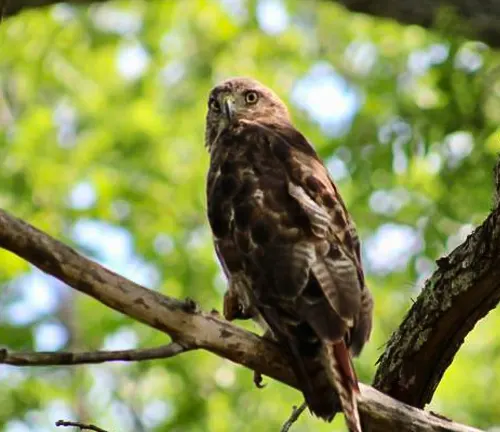
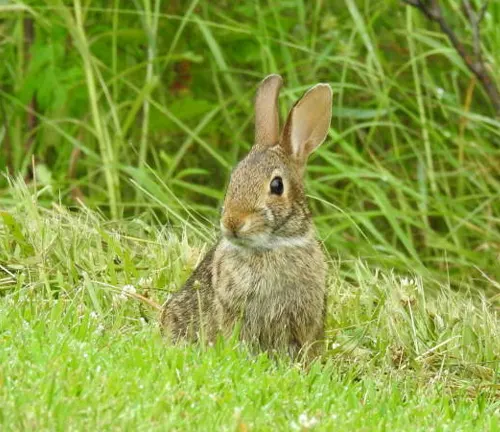
Attractions in Flandrau State Park
Historic WPA Structures: The park features several structures built during the 1930s by the Works Progress Administration (WPA). These include rustic stone buildings and shelters that are not only functional for park visitors but also serve as historical landmarks. They provide a glimpse into the craftsmanship and architectural style of the New Deal era, adding a unique historical dimension to the park experience.
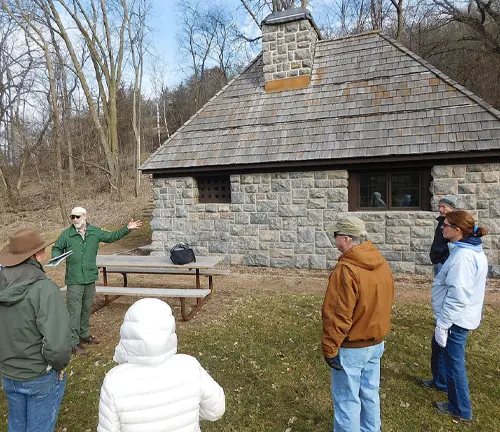
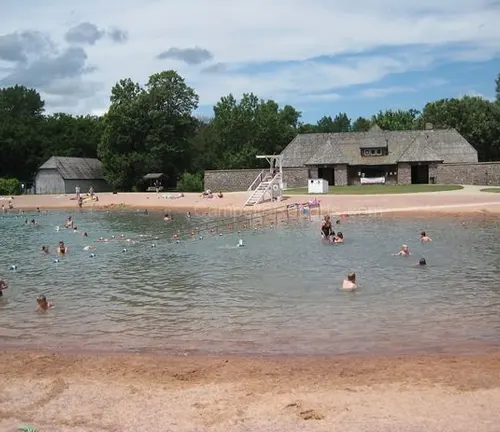
Sand-bottom Swimming Pool: One of the park’s most distinctive features is its large, sand-bottom swimming pool. Unlike typical concrete pools, this naturalistic pool offers a beach-like swimming experience. It’s particularly popular during the summer, providing a refreshing and unique option for cooling off after a day of exploring the park.
Cottonwood River: The Cottonwood River flows through the park, offering scenic beauty and a peaceful ambiance. This river is not only a picturesque backdrop for picnics and relaxation but also provides opportunities for fishing and bird watching. The gentle flow of the river adds a tranquil element to the park, making it a perfect spot for nature photography and contemplation.

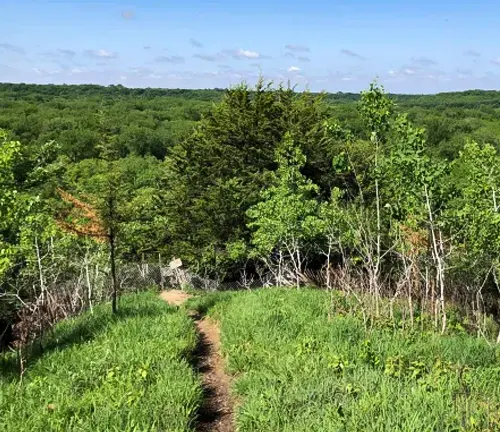
Network of Hiking Trails: Flandrau State Park boasts a network of diverse hiking trails that cater to all levels of hikers. These trails traverse through various landscapes within the park, from dense woodlands to open prairies, allowing visitors to fully immerse themselves in the natural beauty of the area. Each trail offers its own unique vistas and opportunities for wildlife sightings.
Interpretive Center and Educational Programs: The park’s interpretive center is an educational hub, offering visitors insights into the natural and cultural history of the area. Through various exhibits and programs, the center provides engaging learning experiences about the park’s ecosystems, wildlife, and conservation efforts. This makes it an ideal stop for families and anyone interested in gaining a deeper understanding of the park’s environment.

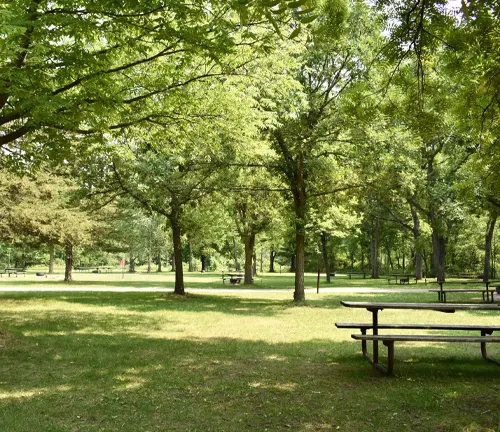
Picnic Areas and Playgrounds: Scattered throughout the park are numerous picnic areas and playgrounds. These spots are perfect for family outings, offering a combination of recreational facilities and scenic surroundings. The picnic areas are well-maintained, providing a comfortable and enjoyable space for visitors to relax and dine amidst nature.
Recreational Activities in Flandrau State Park
- Hiking: Flandrau State Park is renowned for its extensive network of hiking trails that cater to all experience levels. These trails wind through a variety of landscapes, including lush forests, open prairies, and along the scenic Cottonwood River. Hiking in the park offers a chance to connect with nature, observe local wildlife, and enjoy the tranquil beauty of the surroundings. Whether you’re looking for a leisurely walk or a challenging trek, the park’s trails provide an ideal setting for exploration and adventure.
- Swimming: The park’s unique sand-bottom swimming pool is a major attraction, especially during the warm summer months. Unlike traditional pools, this naturalistic feature provides a beach-like experience, complete with filtered water and a sandy floor. It’s a favorite among visitors of all ages, offering a refreshing and enjoyable way to cool off and relax after engaging in other park activities.
- Bird Watching: With its diverse ecosystems, Flandrau State Park is a haven for bird enthusiasts. The park’s varied habitats support a wide range of bird species, making it an excellent spot for bird watching. From the colorful American Goldfinch to the majestic Red-tailed Hawk, birders can expect to see a variety of feathered residents and migratory visitors throughout the year. The tranquil environment and natural beauty of the park enhance the bird-watching experience.
- Fishing: The Cottonwood River, which flows through the park, provides opportunities for fishing. Anglers can enjoy a peaceful day by the water, casting their lines for local fish species. The river’s natural setting offers not only a chance for a successful catch but also a moment to appreciate the serenity and beauty of the park’s aquatic environment.
- Picnicking: Flandrau State Park is equipped with numerous picnic areas, making it a perfect spot for outdoor meals. These areas offer tables and grills, set against the backdrop of the park’s natural beauty. Families, friends, and solo visitors can enjoy a leisurely picnic, surrounded by the calming sounds of nature and scenic views, making for a memorable outdoor dining experience.
- Camping: For those looking to extend their stay, the park offers camping facilities, including tent and RV sites. Camping in Flandrau State Park allows visitors to fully immerse themselves in the natural environment, experiencing the park’s beauty under the starlit sky. The campgrounds provide a comfortable and convenient base for exploring the park’s attractions and engaging in various recreational activities.
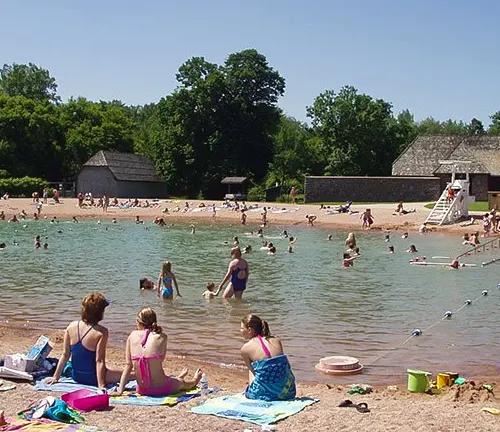
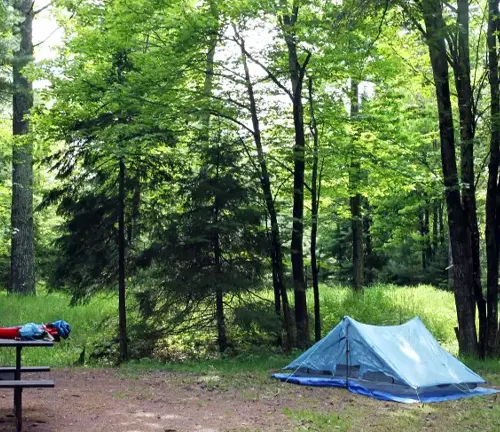
Different Facilities and Amenities in Flandrau State Park
- Group Campsite: Beyond individual camping spots, Flandrau State Park offers a designated area for group camping, accommodating larger gatherings and organizations. This area allows for communal experiences in a natural setting, providing a shared space for groups to connect and enjoy the outdoors together.
- River Access: The park provides designated access points to the Cottonwood River, enabling activities such as canoeing, kayaking, and fishing. These access points are thoughtfully positioned to allow visitors to explore the river’s beauty safely and conveniently.
- Observation Deck: A strategically placed observation deck offers panoramic views of the park’s landscapes, including the river, forests, and prairies. This facility is an excellent spot for photography, bird watching, or simply enjoying the serene beauty of the park.
- Visitor Center: The Visitor Center at the entrance of the park serves as a welcoming point for guests. It offers maps, brochures, and information about the park, as well as souvenirs and basic outdoor supplies. The center’s staff can provide recommendations for activities and trails, ensuring visitors make the most of their time in the park.
- Biking Paths: In addition to hiking trails, the park features paths suitable for biking. These paths offer a different way to explore the park’s diverse environments, catering to visitors who prefer cycling over walking.
- Picnic Shelters: For visitors planning group picnics or events, the park offers picnic shelters that can be reserved in advance. These shelters provide cover and privacy, making them ideal for family reunions, birthday parties, or other group gatherings.
- Nature Play Area: A nature play area encourages children to engage with the environment through imaginative play. This area uses natural materials and features to create a space where children can learn about nature while having fun.
Tips and Advice for Visiting Flandrau State Park
- Check the Weather Before You Go: The experience at Flandrau State Park can vary greatly with the weather. Before setting out, check the local weather forecast to dress appropriately and plan your activities. Whether it’s bringing extra sunscreen on sunny days or waterproof gear during rainy periods, being prepared will enhance your visit.
- Reserve Campsites in Advance: If you’re planning to camp, especially during peak seasons or weekends, it’s advisable to reserve your campsite in advance. The park’s camping spots, particularly the ones with electrical hookups or scenic views, can fill up quickly. Early reservations ensure you secure a spot that suits your needs.
- Explore Beyond the Main Trails: While the main trails offer stunning views and are well-maintained, venturing onto less-traveled paths can provide a more solitary and intimate nature experience. Always follow park guidelines and stay aware of your surroundings to safely enjoy these quieter, hidden gems of the park.
- Bring Insect Repellent and Sun Protection: Given the park’s natural setting, prepare for mosquitoes, ticks, and sun exposure. Packing insect repellent and applying sunscreen regularly will protect you from bites and burns, making your visit more comfortable.
- Leave No Trace: Flandrau State Park is a treasure because of its well-preserved natural beauty. Visitors are encouraged to follow Leave No Trace principles, which include packing out all trash, staying on designated trails to protect wildlife habitats, and not picking plants or disturbing wildlife.
- Participate in Park Programs: The park often hosts educational programs and guided tours that can enrich your visit. These programs provide insights into the park’s history, wildlife, and ecosystem. Check the park’s event calendar or inquire at the visitor center to make the most out of these offerings.
- Plan Your Visit Around Park Highlights: Depending on the season, the park offers different highlights, such as wildflower blooms in spring, swimming in the summer, vibrant foliage in the fall, and cross-country skiing in the winter. Planning your visit around these seasonal highlights can offer a unique experience each time.
- Stay Hydrated and Bring Snacks: Whether you’re hiking, swimming, or just exploring, it’s important to stay hydrated and energized. Bring a refillable water bottle and snacks, especially if you plan to spend several hours in the park. Water stations and concessions may not always be available throughout the park.
Recommendation
For anyone seeking a blend of adventure, relaxation, and natural beauty, Flandrau State Park is a must-visit. Its diverse landscapes and activities cater to all ages and interests, making it an ideal destination for families, nature lovers, and outdoor enthusiasts.
Conclusion
In conclusion, Flandrau State Park stands out as a cherished natural haven, offering a diverse array of recreational activities, unique attractions, and serene landscapes. Its well-preserved ecosystems, rich history, and array of facilities make it an ideal destination for nature lovers, history enthusiasts, and outdoor adventurers alike. Whether you’re seeking a peaceful retreat by the river, an active day of hiking and swimming, or a night under the stars, Flandrau State Park delivers an unforgettable experience. It’s a testament to the beauty and diversity of Minnesota’s natural landscapes, inviting visitors to explore and appreciate the great outdoors.
FAQs
- Is there an entrance fee for Flandrau State Park?
Yes, a state park vehicle permit is required for entry. Daily and annual permits are available for purchase at the park entrance or online. - Can I bring my dog to Flandrau State Park?
Yes, dogs are welcome in the park but must be kept on a leash no longer than six feet at all times. Please remember to clean up after your pet. - Are there any swimming restrictions in the sand-bottom pool?
The sand-bottom pool is open seasonally, typically from early June through Labor Day, weather permitting. Children must be supervised, and proper swim attire is required. - What types of accommodations are available for overnight stays?
Flandrau State Park offers tent and RV camping sites, with some sites featuring electrical hookups. There is also a group camp area for larger gatherings. - Do I need a fishing license to fish in the Cottonwood River?
Yes, a Minnesota fishing license is required for anyone aged 16 and older. Licenses can be purchased online or at various retailers throughout the state. - Are there any hiking trails suitable for beginners?
Yes, Flandrau State Park has several trails that are suitable for beginners, offering easy terrain and scenic views. Trail maps are available at the park entrance and visitor center. - Can I reserve a picnic shelter for a private event?
Yes, picnic shelters can be reserved in advance for private events such as family reunions or birthday parties. Reservations can be made online or by contacting the park directly. - What should I do if I encounter wildlife while hiking in the park?
If you encounter wildlife, maintain a safe distance and do not attempt to feed or approach the animals. Enjoy watching them from a distance and respect their natural behavior.
Flandrau State Park offers a slice of natural beauty and tranquility, perfect for anyone looking to explore the outdoors or simply unwind. With its scenic trails, unique swimming pool, and diverse wildlife, it’s an ideal spot for a day trip or a camping adventure. Come and experience the peace and adventure that Flandrau has to offer – a true treasure in Minnesota’s landscape.

Benjamin Brooks
Forestry AuthorGreetings! I'm Benjamin Brooks, and my journey over the past 15 years has revolved around the fascinating realms of content creation, expertise in snow clearing, and the intricate world of lumberjacking and landscaping. What began as a simple curiosity about the natural world and heavy machinery has evolved into a passionate profession where my love for crafting words intertwines seamlessly with my lumberjacking and garden skills.

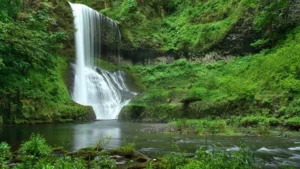
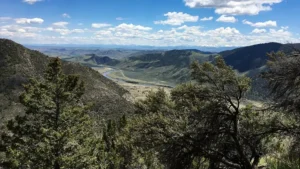
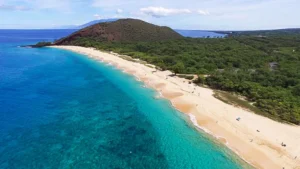
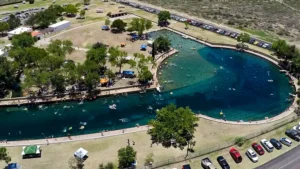
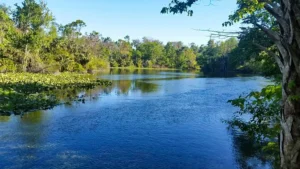
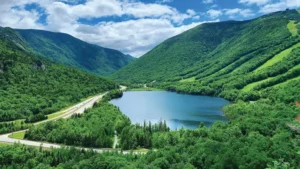
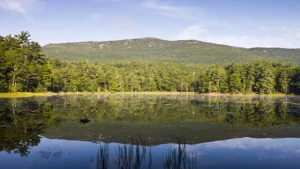
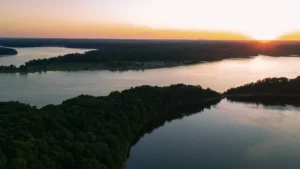
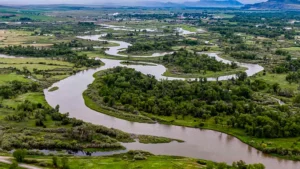
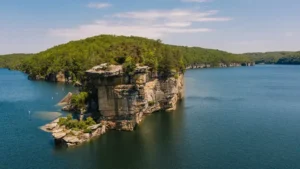


Leave your comment